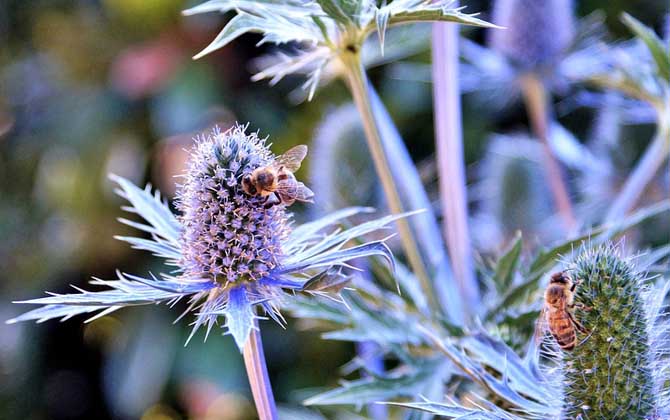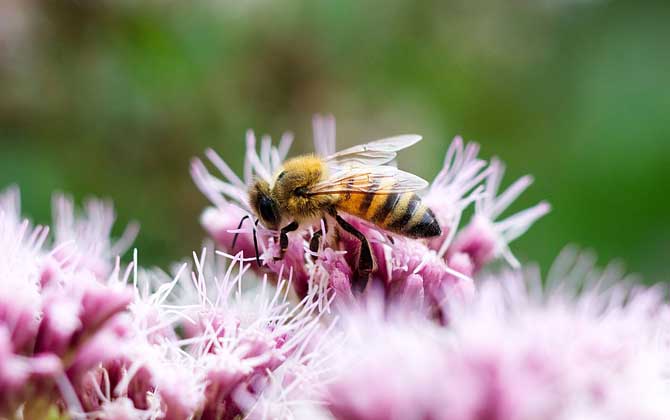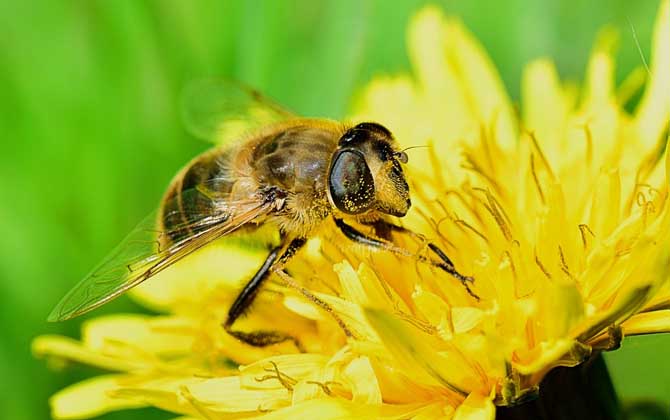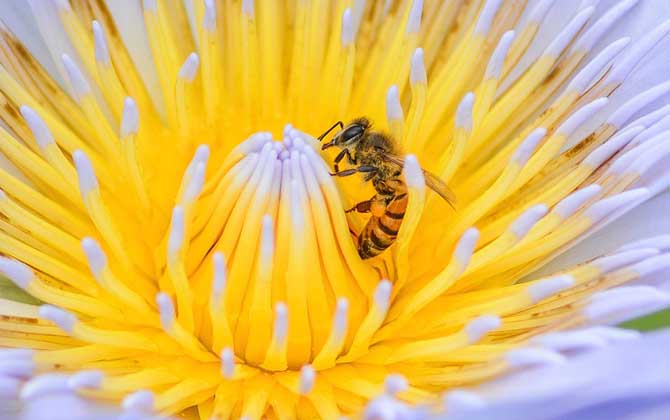Bee knowledge
Does the bee produce honey all year round?
Bees are insects that feed entirely on flowers. They spend a lot of time during the flowering season of plants. Part of the nectar they collect is consumed as food. The rest is made into honey and stored in the hive. When the food is scarce, the colony feeds on honey. Let’s take a look at whether the bees produce honey all year round!

1, Spring
Spring is the season when bees produce the most honey. At this time, not only is there a rich source of honey, but the temperature is also suitable for bees to collect. In addition, spring is also the period when the largest nectar sources are concentrated. For example, nectar plants such as rapeseed, bougainvillea, litchi, and longan generally bloom in spring. Among them, rapeseed honey yields the highest, and sometimes it even accounts for half of the annual honey production.
2, Summer
Summer is an important season for honey production by bees, especially in the early summer when the temperature is not too high. In fact, early summer is also a period when the large honey sources are concentrated, such as acacia, alfalfa, vitex, lime tree, etc. After midsummer, the nectar source will become scarce. In addition, the high temperature weather at this time is not conducive to bee collection, but when the morning and evening temperatures are relatively low in midsummer, bees will also go out to collect honey.
3, autumn
There is also a certain amount of honey produced in autumn. For example, buckwheat honey, cotton honey, eucalyptus honey, etc. are all autumn honey species. But as time goes by, the temperature will become lower and lower in some places. After late autumn, the temperature in some places has dropped to about 10 ℃. At this time, the worker bees no longer come out of the nest to collect honey, and the entire colony of swarms clumps and overwinters in the beehive.
4, winter
Honey is rarely produced in winter. At this time, bee colonies in most parts of China have entered the wintering period, but it is worth noting that honey collection by bees has nothing to do with the season, and is only related to external temperature and honey source conditions. That is to say, as long as the temperature is suitable and the honey can be collected from the outside, the bees will come out to collect honey, Therefore, there are still bees collecting wild dams, osmanthus fragrans, and Schefflera fragrans in some places in the south in winter.
In summary: Although bees have the instinct to collect flowers and honey, but there are conditions for bees to collect honey. The most important factor is temperature. Too low or too high temperature affects the attendance of bees. In addition, the bees collect honey regardless of the season. As long as the temperature is suitable for winter, bees can produce honey.





